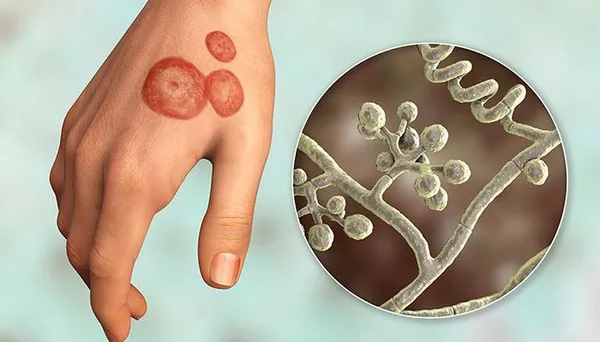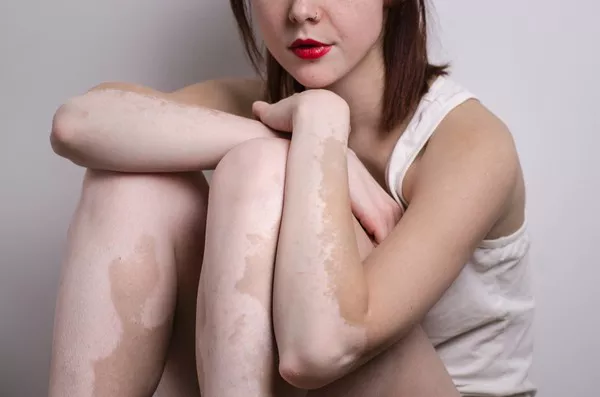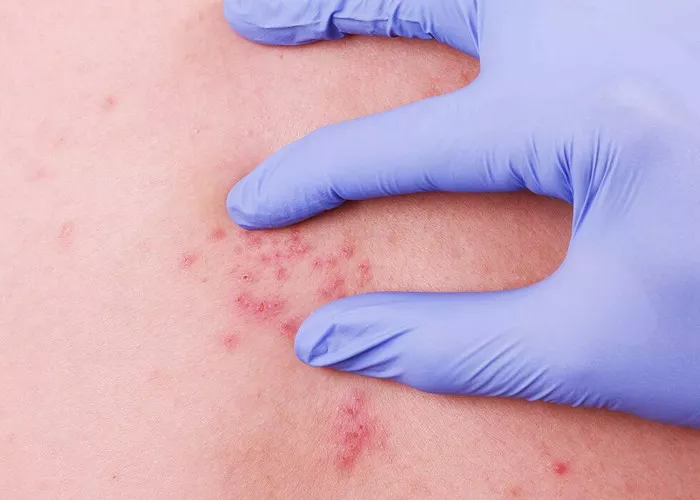Ringworm is a common fungal infection that affects the skin, nails, and scalp. Despite its name, it is not caused by a worm but rather by various types of fungi known as dermatophytes. This condition is highly contagious and can spread through direct contact with infected people, animals, or contaminated objects. Understanding the causes, symptoms, and treatment options for ringworm is crucial for effective management and prevention.
Educational Information
1. Understanding Ringworm
Ringworm presents as a circular or ring-shaped rash with raised, red edges and clear skin in the center, resembling a worm’s appearance. The infection typically causes itching, redness, and scaling of the affected area. Ringworm can occur on any part of the body, including the scalp (tinea capitis), body (tinea corporis), feet (tinea pedis or athlete’s foot), groin (tinea cruris or jock itch), and nails (tinea unguium).
2. Introducing Homeopathy
Homeopathy is a holistic system of medicine that originated in the late 18th century. It is based on the principle of “like cures like,” meaning that a substance that causes symptoms in a healthy person can be used to treat similar symptoms in a sick person when diluted to infinitesimal doses. Homeopathic remedies are prepared through a process of dilution and succussion (vigorous shaking), which is believed to enhance their healing properties.
Homeopathic Remedies for Ringworm
Several homeopathic remedies are commonly used for treating ringworm, each with its unique indications and mechanisms of action.
1. Sepia: This remedy is often recommended for ringworm with intense itching, especially in warm environments. It may also be suitable for individuals who feel chilly and irritable.
2. Tellurium: Tellurium is indicated for ringworm with offensive odor and moist eruptions. It is particularly useful for ringworm on the scalp and other hairy areas.
3. Sulphur: Sulphur is a versatile remedy used for various skin conditions, including ringworm with burning, itching, and redness. It is often prescribed when symptoms worsen with heat and improve with cold applications.
4. Thuja: Thuja is beneficial for ringworm with thick, greenish-yellow discharges and a spongy appearance. It may also be recommended for individuals with a history of vaccination or exposure to toxins.
These homeopathic ingredients are typically available in various potencies, such as 6C, 30C, and 200C, which refer to the degree of dilution and potency of the remedy. Homeopathic practitioners select the most appropriate remedy and potency based on the individual’s unique symptoms and constitution.
Product Recommendations
Review and Comparison of Popular Homeopathic Ointments
1. Sepia Ointment:
- Pros: Effective for intense itching and warm, moist conditions. Made from natural ingredients.
- Cons: May require repeated applications for optimal results. Some users may be sensitive to the ointment base.
- Ingredients: Sepia officinalis, Beeswax, Olive oil.
- User Reviews: “Relieved itching quickly but took time to clear the infection completely.”
2. Tellurium Cream:
- Pros: Addresses offensive odor and moist eruptions. Suitable for scalp and hairy areas.
- Cons: Texture may be greasy for some users. Not suitable for those with sensitivity to Tellurium.
- Ingredients: Tellurium metallicum, Aloe vera gel, Coconut oil.
- User Reviews: “Worked wonders on my scalp ringworm. Smell is tolerable, and it absorbs well.”
3. Sulphur Ointment:
- Pros: Effective for burning, itching, and redness. Provides relief for symptoms aggravated by heat.
- Cons: Strong odor may be off-putting to some users. Initial worsening of symptoms possible before improvement.
- Ingredients: Sulphur, Petroleum jelly, Lanolin.
- User Reviews: “Took a while to see results, but worth the wait. Reduced itching and inflammation significantly.”
4. Thuja Ointment:
- Pros: Addresses thick, greenish-yellow discharges and spongy eruptions. Suitable for individuals with vaccination history.
- Cons: Results may vary depending on individual response. May not be suitable for all types of ringworm.
- Ingredients: Thuja occidentalis, Calendula officinalis, White petrolatum.
- User Reviews: “Helped clear up my ringworm patches. Texture is smooth, and it doesn’t sting on application.”
Consideration for Different Needs
1. Severity of Infection: For mild cases, a lower potency ointment may suffice, while severe or chronic infections may require higher potencies or combination remedies.
2. Location on the Body: Choose an ointment specifically formulated for the affected area, such as scalp, body, feet, or nails, for optimal efficacy.
3. Individual Preferences: Consider factors such as organic ingredients, fragrance-free formulations, and ethical sourcing practices when selecting a homeopathic ointment.
Guidance and Considerations
1. Safety and Efficacy
While homeopathic remedies have been used for centuries for various ailments, including skin conditions like ringworm, their efficacy remains controversial in conventional medical circles. Limited scientific evidence supports their use, and individual responses may vary. It is essential to consult a qualified homeopathic practitioner or healthcare professional for proper diagnosis and treatment guidance.
2. Application Instructions
To use homeopathic ointments effectively for ringworm, follow these guidelines:
- Cleanse the affected area with mild soap and water and pat dry.
- Apply a thin layer of the ointment to the affected area, covering the rash and surrounding skin.
- Repeat the application 2-3 times daily or as directed by a healthcare professional.
- Monitor for any signs of improvement or worsening of symptoms and adjust treatment accordingly.
3. Complementary Treatments
In addition to homeopathic ointments, consider incorporating complementary treatments and lifestyle changes to support healing and prevent recurrence of ringworm:
- Maintain good hygiene practices, such as keeping the skin clean and dry, washing hands frequently, and avoiding sharing personal items.
- Follow a healthy diet rich in nutrients and antioxidants to boost immune function and promote skin health.
- Consider adjunctive homeopathic remedies, such as oral tinctures or pellets, to address underlying imbalances contributing to the infection.
Conclusion
In conclusion, while homeopathic ointments offer a natural and gentle approach to treating ringworm, their efficacy may vary depending on individual factors. By selecting the right remedy and potency, following proper application techniques, and integrating complementary therapies, individuals can effectively manage ringworm and promote skin healing. However, it is essential to consult a healthcare professional for personalized advice and supervision, especially in cases of severe or chronic infections.

























